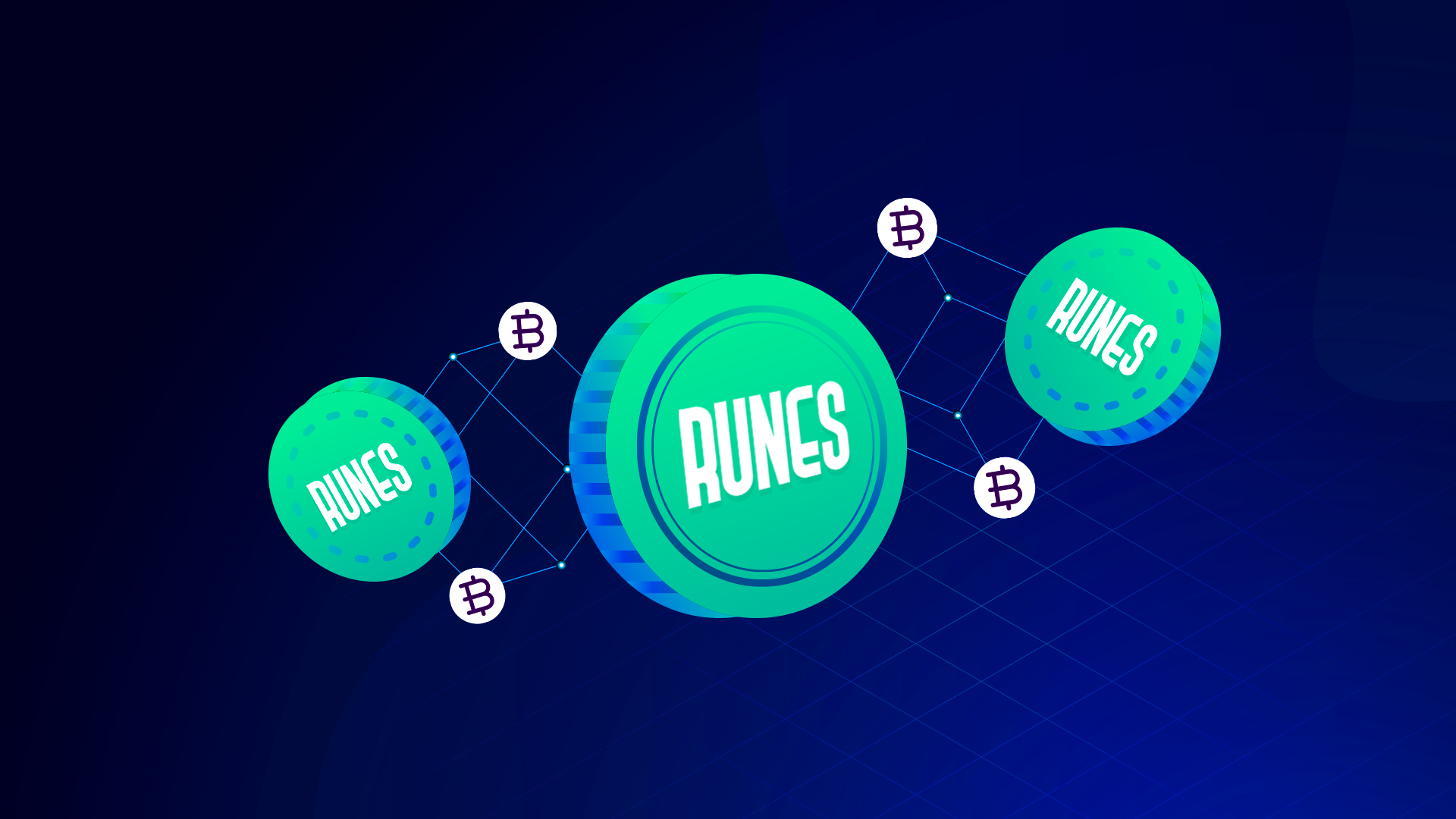
Bitcoin Runes, The Gateway to Memecoins on the Bitcoin Blockchain
Invest before is too late
Bitcoin, the pioneer of blockchain technology, has long been admired for its simplicity and security. However, its capabilities have been somewhat limited when it comes to creating tokens and fostering community-driven projects. That’s where Bitcoin Runes come in.
Bitcoin Runes represent a novel protocol designed to facilitate the creation of fungible tokens on the Bitcoin blockchain.
They leverage Bitcoin’s UTXO model and the OP_RETURN opcode to streamline token creation and management, offering a simpler and more efficient alternative to existing token standards.
Created by Casey Rodarmor, Bitcoin Runes were introduced as a response to the need for a healthier and more sustainable method of token creation on the Bitcoin network.
Unlike previous token standards such as BRC-20 and SRC-20, which rely on Ordinals theory and can lead to UTXO proliferation, Runes offer a cleaner approach to tokenization.
At the heart of Bitcoin Runes lies the UTXO transaction model and the OP_RETURN opcode. This combination allows users to attach additional data to Bitcoin transactions without affecting spendability, enabling the creation and transfer of tokens with ease. Runes transactions are designed to split UTXOs into multiple new ones, each representing different amounts of the token being transferred.
Bitcoin Runes promise several advantages over existing token standards. They offer simplicity, resource efficiency, and seamless integration with Bitcoin’s UTXO model.
Additionally, they provide a new revenue stream for miners and appeal to a wider audience by enabling the creation of meme coins and other community-driven projects.
The introduction of Bitcoin Runes has sparked a flurry of activity within the crypto community. New projects are emerging, launchpads are being established, and marketplaces are gearing up to support Rune trading.
The ecosystem is vibrant and diverse, with projects ranging from fungible token initiatives to infrastructure development.
While Bitcoin Runes share similarities with BRC-20 tokens, they offer several key differences. Runes operate on Bitcoin’s UTXO model, whereas BRC-20 tokens are based on the Ordinals protocol. Additionally, Runes provide more flexibility in token creation and transfer, making them an attractive option for developers and users alike.
Bitcoin Runes represent a significant step forward in the evolution of the Bitcoin network. They offer a streamlined approach to tokenization and open up new possibilities for innovation and community engagement.
While still in the early stages of development, Bitcoin Runes have already generated considerable excitement within the crypto community.
As projects continue to launch and the ecosystem expands, the future looks bright for Bitcoin and its growing community of users and developers.
Please note that Bitcoin Runes are a nascent technology, and caution should be exercised when investing or participating in projects related to them.
As with any investment, thorough research and due diligence are essential.
